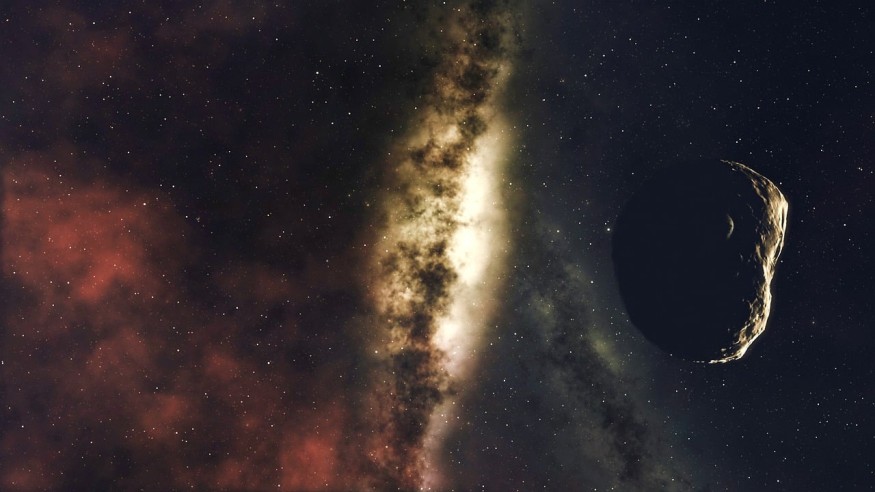
Last September 2022, asteroid Dimorphos got hit by a rocket during the NASA DART mission. Now, the space rock has been observed to behave oddly.
Asteroid Dimorphos' Odd Behavior
The observations show that the asteroid could be tumbling in a typically steady orbit around its parent asteroid, Didymos. Aside from this, the space rock also apparently had a continuous speed reduction in its orbit for at least a month after it got hit by NASA's spacecraft. This was contrary to the predictions made by NASA.
All these were picked up by Jonathan Swift, a high school teacher from California, and his class. They noticed this while they were observing Dimorphos using their school's 2.3-foot telescope last autumn.
Several weeks post-impact, NASA revealed that the orbit speed of the space rock slowed down by roughly 33 minutes. However, when the high school class studied the space rock a month post-impact, the asteroid appeared to be slower by one more minute. These observations suggest that the asteroid could have been continuously slowing down since its collision with the spacecraft took place.
Swift explains that they got a slightly larger number of 34 minutes, adding that the levels were inconsistent at an extent that was uncomfortable.
The high school class' findings were relayed during the American Astronomical Society conference last June.
Dimorphos' Slower Orbit
Since then, the team behind the DART mission confirmed that the space rock's orbit got slower a month after the collision took place. However, calculations reveal an added slowdown of 15 seconds, not one full minute. The slowdown also plateaued a month post-impact.
What led to the asteroid's steady orbit speed reduction before it reached its peak? This could be due to a swarm of other space rocks.
Observations on Dimorphos reveal that there was a huge field containing boulders scattered around the area. Harrison Agrusa, a member of the DART team, explains that there is a chance that some bigger boulders fell over Dimorphos during the first post-collision month, which, in turn, led to a slower orbit.
The DART mission's team plans to release a new report in the next few weeks based on the unexpected findings. However, the exact answers to the phenomenon may only come in 2026, as the Hera spacecraft of the European Space Agency is set to reach Dimorphos and conduct in-depth examinations on the crash site.
RELATED ARTICLE : Debris From Dimorphos, NASA's Dart Mission Target Left a 10,000 Kilometer Trail [Look]
Check out more news and information on Space in Science Times.












